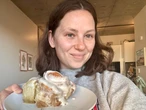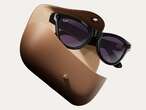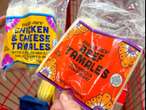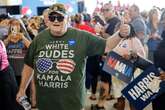Amid rising inflation, Coca-Cola and Dr Pepper are seeing a surge in popularity as go-to choices for consumers seeking more budget-friendly indulgences, outperforming the likes of Starbucks coffee, McDonald’s Big Mac meals, and Heineken beer.
Analysts attribute soda’s newfound popularity—a reversal of a decades-long decline in soda consumption that stemmed from health concerns—to rising costs of alternative snacks and beverages, with soft drinks proving to be a more budget-friendly option. For instance, a 2-liter bottle of soda costs around $2, significantly less than items like a 16-ounce bag of chips, which averages $6.46.
As inflation squeezes household budgets, sodas are being seen as simple, cost-effective treats. “This is so different than five, ten years ago,” said Robert Ottenstein, an analyst at Evercore ISI. “There’s been a huge change in attitude. These products were declining 4% a year for a long time.” In contrast, soft drink volumes grew by 1.3% in the third quarter of this year from last, according to Evercore ISI.
The resurgence of soda has also been fueled by the rapid growth of sugar-free options like Coke Zero Sugar, whose volume surged 11% last quarter, according to the company. While regular Coke’s volumes remained steady, Diet Coke also saw growth. Zero-sugar sodas represent one of the most substantial growth areas in the beverage industry, notes Duane Stanford, editor of Beverage Digest. Coca-Cola initiated this trend in 2005 and refreshed Coke Zero’s branding in 2021 to more closely resemble the taste and look of regular Coke.
Though marketed as healthier alternatives to sugary sodas, no-sugar and diet options aren’t necessarily beneficial to health due to their use of artificial sweeteners. Case in point: a recent World Health Organization classification of aspartame as “possibly carcinogenic.”
Dr Pepper, meanwhile, achieved a significant milestone by surpassing Pepsi to become the second-most popular soda in the U.S. market, capturing an 8.3% share, just behind Coca-Cola’s 19.2%. “Dr Pepper has been gaining, [Pepsi] has been declining, and they’re meeting in the middle,” said Stanford. This steady rise underscores Dr Pepper’s appeal as more consumers look for affordable indulgences amidst fierce competition in the beverage market.










No comments